Curious about the cost of refreshing your car’s interior with a brand-new carpet? Here, we’ll delve into carpet replacement costs, where factors like vehicle size, material quality, labor charges, and customization options shape the final figure.
How Much Does It Cost to Replace Car Carpets?
If you prefer a hands-on approach, tackling the car carpet replacement project yourself is an option worth considering. DIY enthusiasts can find car carpet replacement kits on the market, typically priced between $200 and $500.
However, the final cost depends on factors such as the specific carpet type and the make of your vehicle. It’s important to note that original manufacturer carpet options are often pricier, sometimes double the cost of third-party alternatives.
Factors That Affect the Overall Cost of Replacing Car Carpets
Vehicle Size and Complexity
The size and complexity of your vehicle’s interior play a significant role in determining the overall cost of replacing car carpets. Compact vehicles with smaller interiors generally require less carpet material, resulting in lower replacement costs.
On the other hand, larger vehicles such as SUVs or minivans typically have more interior space, necessitating a larger quantity of carpeting material and potentially increasing the overall price.
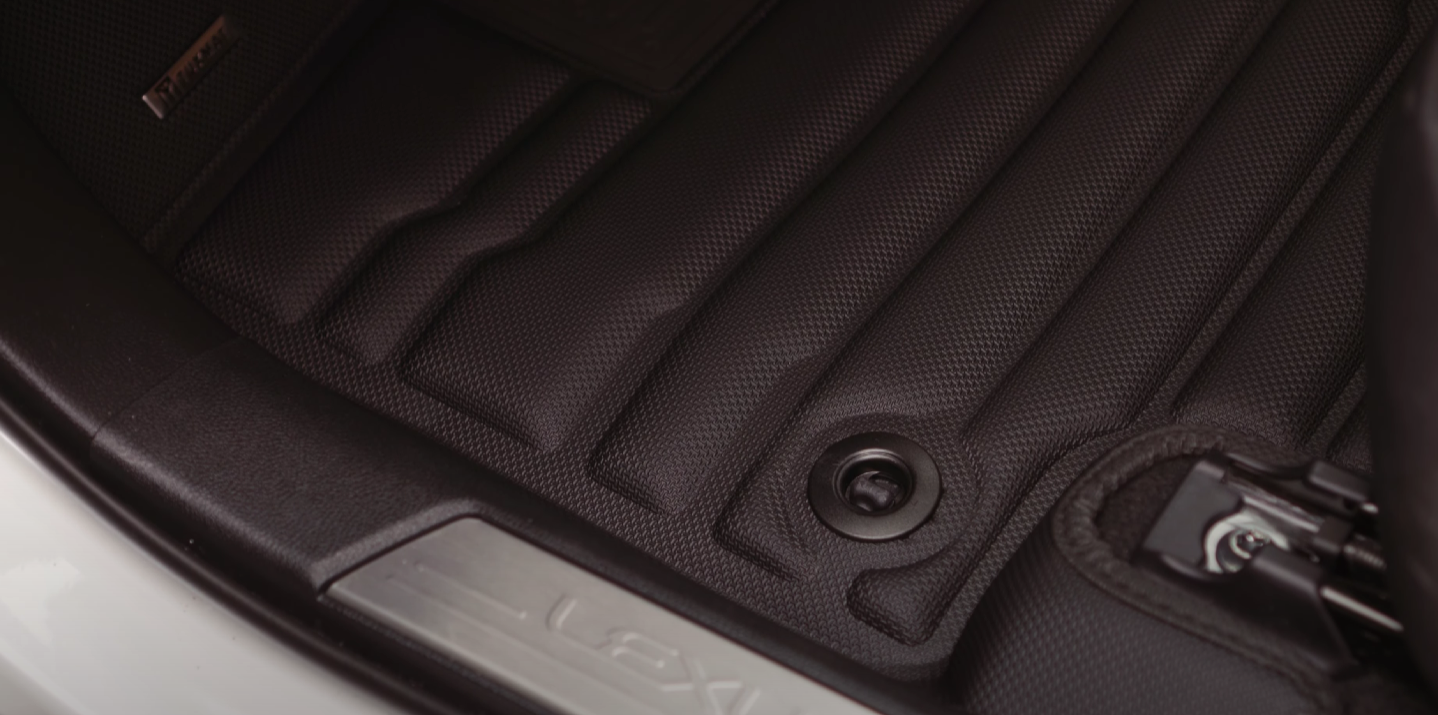
Moreover, if your car features intricate elements like a center console, built-in cup holders, or unique floor contours, the installation process becomes more intricate and time-consuming, which can add to the cost.
Quality and Type of Carpet
The quality and type of carpet you choose have a direct impact on the overall cost of replacing car carpets. Car carpets are available in a variety of materials, ranging from basic options like nylon and polyester to more luxurious choices like wool or synthetic blends.
Higher-quality materials often come with a higher price tag due to their enhanced durability, stain resistance, and longevity. While opting for a superior carpet may increase the upfront cost, it can prove to be a wise investment in the long run, as it will withstand daily wear and tear more effectively.
Color and Design Choices
Customization options for car carpets, such as color and design choices, can also affect the overall cost. Standard, solid-colored carpets are generally more affordable, while opting for custom colors or intricate patterns may result in additional expenses.
These customization options allow you to personalize your car’s interior, making it unique and reflecting your style and preferences. However, it is essential to consider the potential cost implications before making a decision.
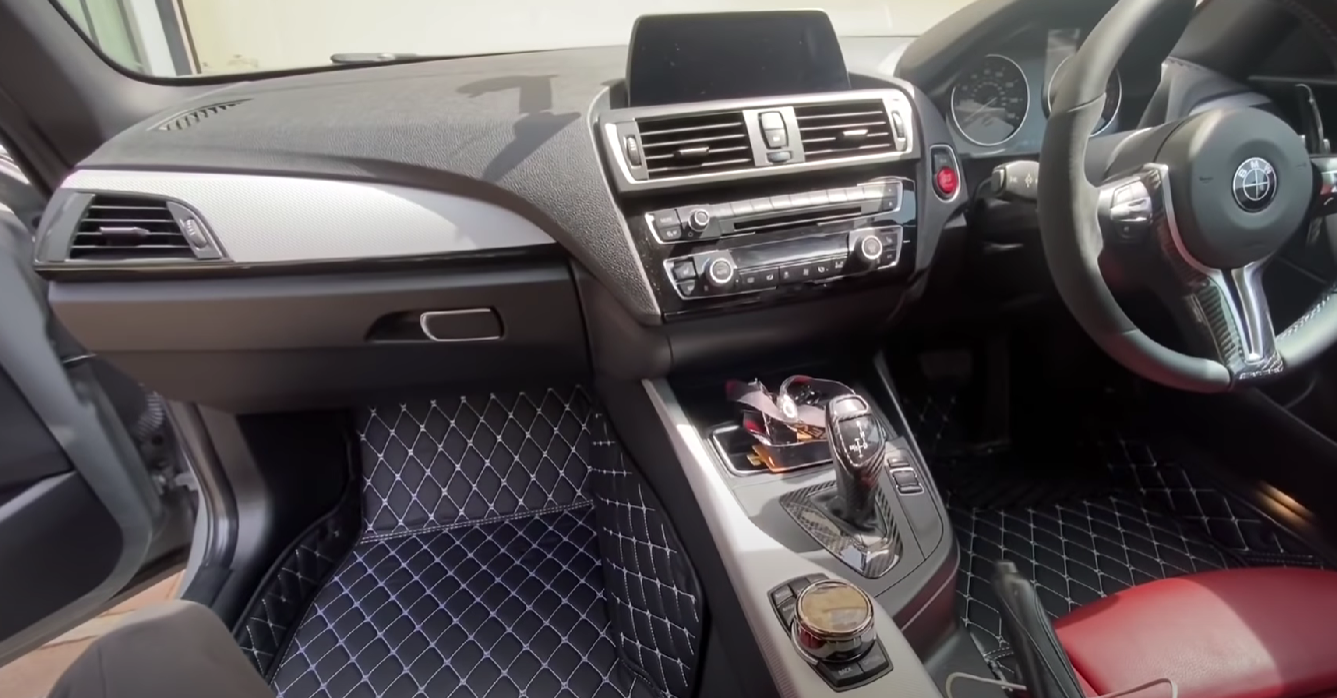
Labor Costs
The cost of labor for professional installation is an important factor to consider. While replacing car carpets yourself may seem like a cost-saving option, hiring a professional ensures a flawless and long-lasting result. Labor charges can vary based on the complexity of the job and the hourly rates of the service provider.
It is advisable to obtain quotes from reputable professionals in your area to compare prices and find the best value for your money.
Geographic Location and Local Market Factors
The geographic location and local market factors can also influence the cost of replacing car carpets. Prices may vary from one region to another due to differences in labor rates, material availability, and competition among service providers.
It is recommended to research local options and consult with professionals in your area to get a more accurate estimate tailored to your specific circumstances.
How to Save Money in Replacing Your Car Carpets?
DIY Installation
One of the most effective ways to save money when replacing car carpets is by opting for a do-it-yourself (DIY) installation. Instead of hiring a professional, you can take on the project yourself, potentially eliminating labor costs.
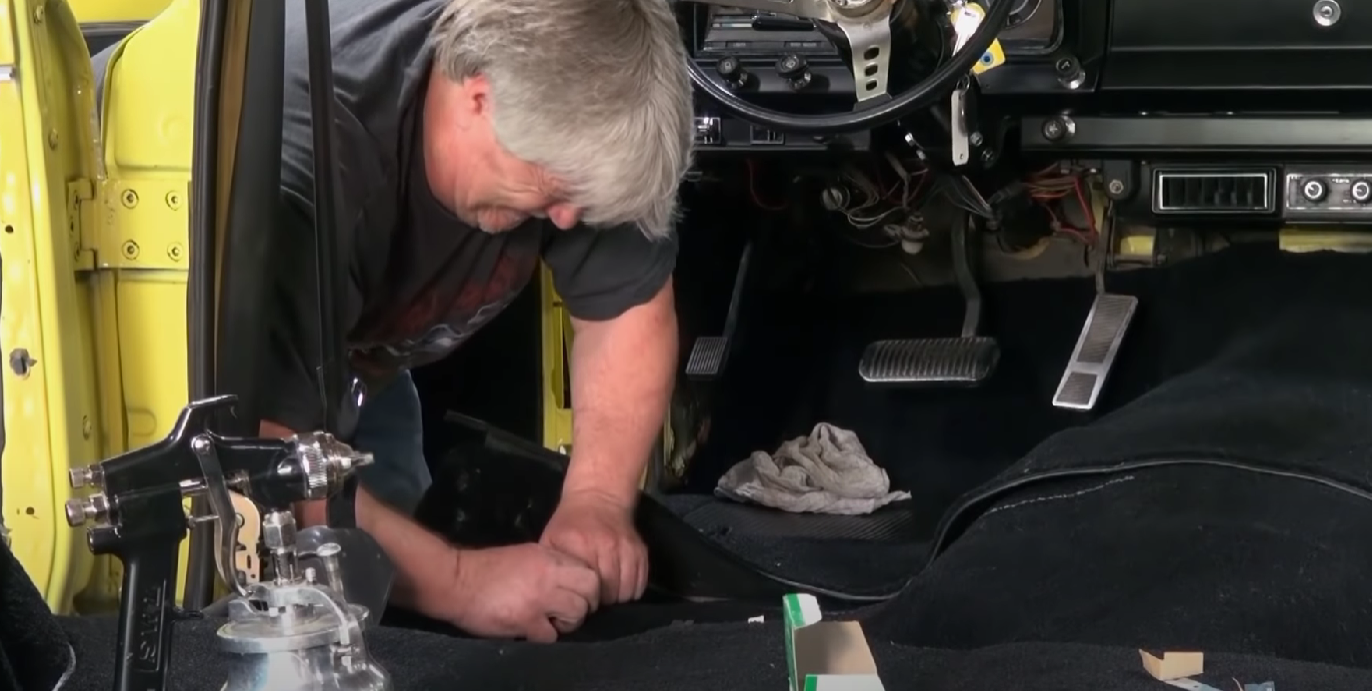
Many car carpet replacement kits are available in the market, providing you with the necessary materials and instructions to complete the installation. While DIY installation requires time, patience, and basic automotive skills, it can significantly reduce the overall cost of the project.
Comparison Shopping
Before making a purchase, it is crucial to compare prices and explore different options. Research various retailers, both online and in physical stores, to find the best deals on car carpet materials. Look for promotions, discounts, or sales events that may be available.
Additionally, consider reaching out to local upholstery or automotive shops to inquire about their prices and services. By taking the time to compare and shop around, you can find cost-effective solutions without compromising on quality.
Consider Third-Party Carpets
While original manufacturer carpets may seem tempting, they often come with a higher price tag. Opting for third-party carpets can be a cost-saving alternative without sacrificing quality.
Third-party carpets are manufactured to fit a wide range of vehicles and are often more affordable than their branded counterparts. Research reputable aftermarket suppliers or consult with automotive professionals to find compatible and reliable options that suit your budget.
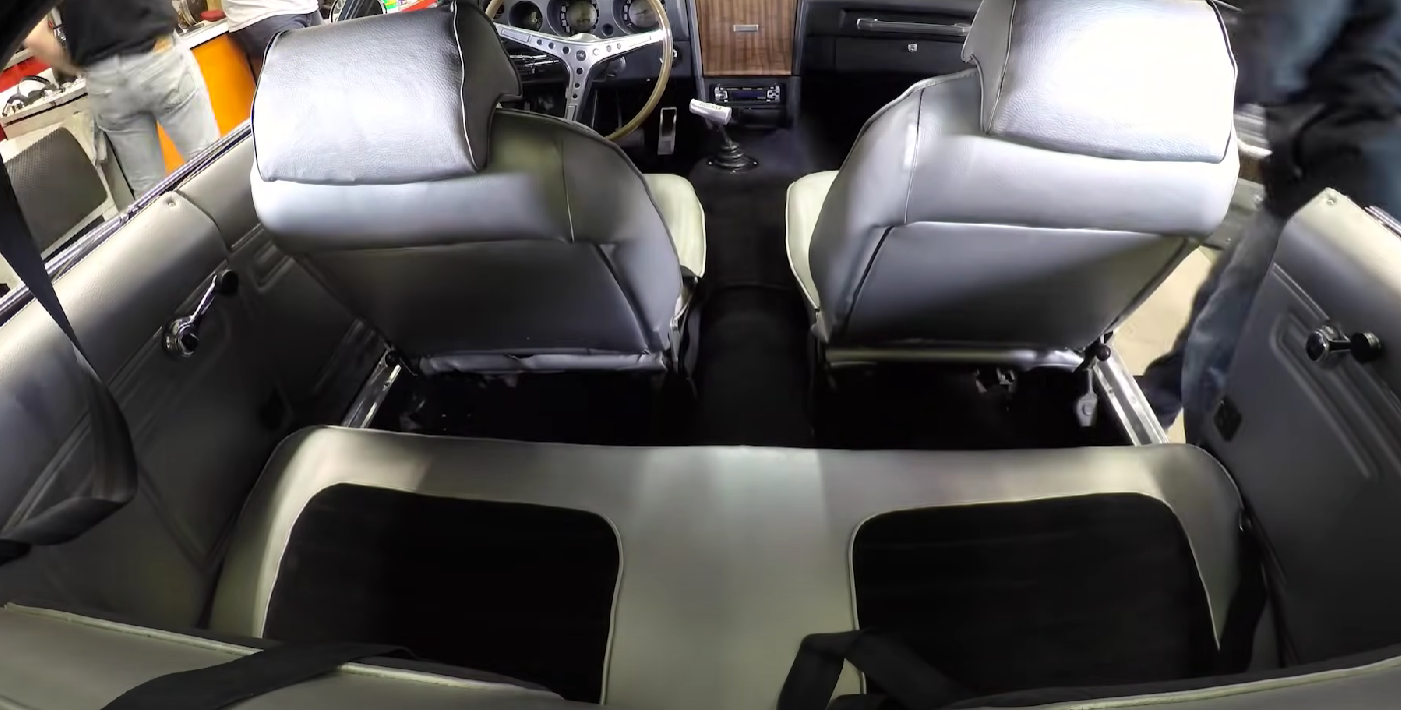
Prioritize Essential Areas
If you’re on a tight budget, consider prioritizing the replacement of only the most worn-out or heavily stained areas of your car carpets. Assess the condition of each section and determine which areas require immediate attention.
By focusing on essential areas, you can reduce the amount of carpet material needed and save money in the process. This targeted approach allows you to improve the appearance and functionality of your car’s interior without undertaking a full carpet replacement.
Maintenance and Protection
Implementing proper maintenance and protection measures for your new car carpets can help prolong their lifespan, ultimately saving you money in the long run.
Regularly vacuuming and cleaning your car’s interior, using protective mats or liners, and promptly addressing spills or stains can prevent excessive wear and damage to the carpets. Additionally, consider using fabric protectors or sealants to safeguard the carpet from future stains and spills.
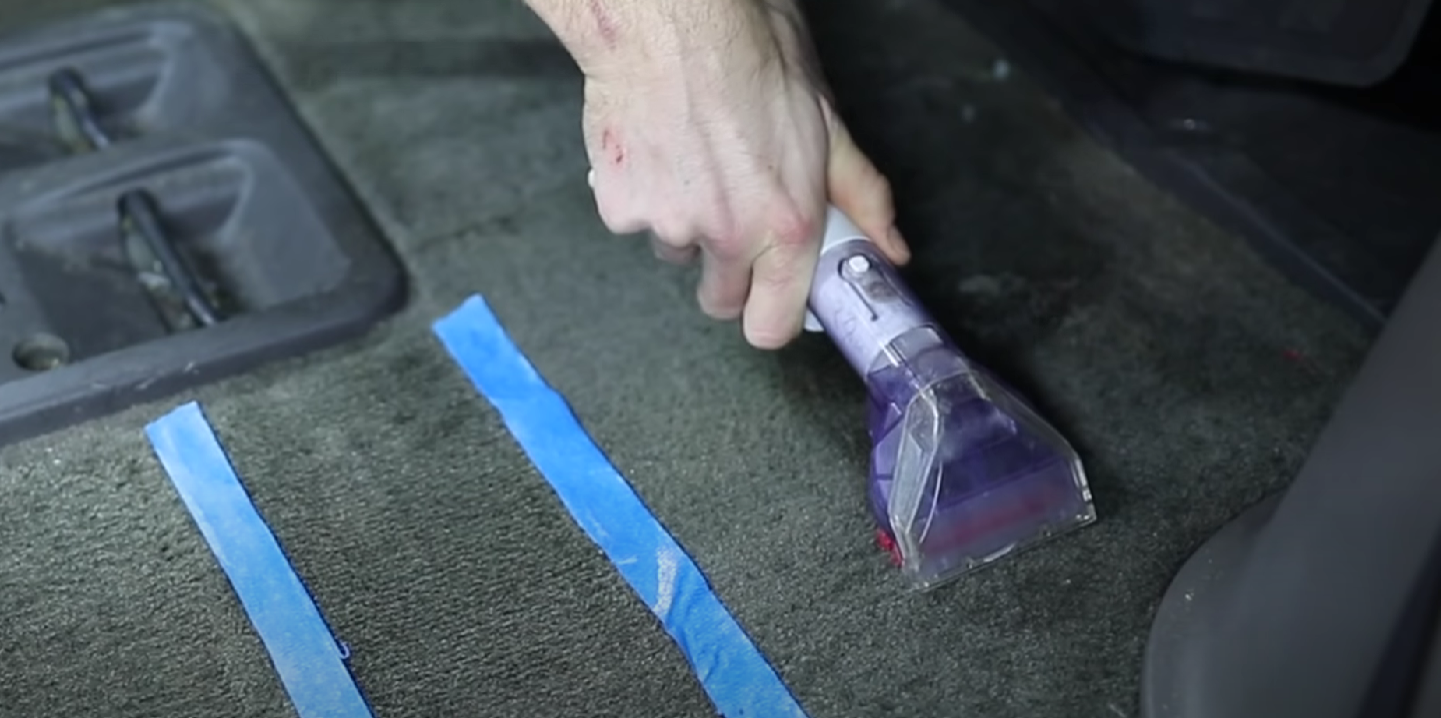
By taking proactive steps to maintain and protect your car carpets, you can minimize the need for frequent replacements and avoid unnecessary expenses [1].
Conclusion
In the world of car carpet replacement, costs vary based on factors like vehicle size, carpet quality, customization options, and labor charges. Understanding these variables empowers you to make informed decisions and revamp your car’s interior with style and budget in mind.

